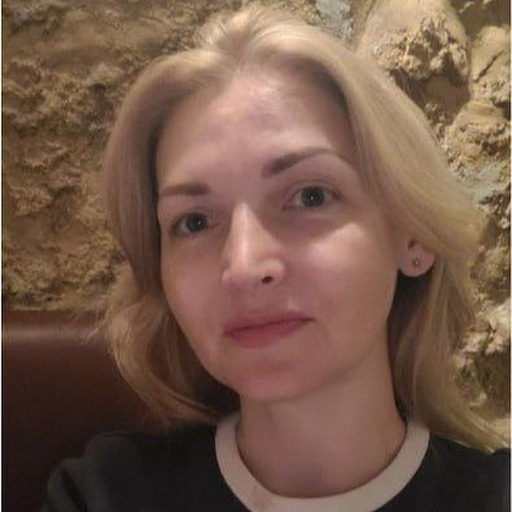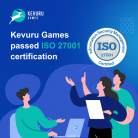In-game advertising has become an increasingly popular marketing strategy in recent years thanks to the incredible growth of the gaming industry. By integrating advertising directly into video games, companies have found a new way to reach consumers while engaging in their favorite pastimes. It involves using ads in video games to get to players.
What Is In-Game Advertising and Its Benefits?
So what exactly is advertising in video games? Simply put, it’s the placement in a video game. This advertising can take many forms, from simple banner ads to more integrated options like product placements or branded merchandise. All these aim to grab players’ attention and create brand awareness naturally and engagingly.
The most significant advantages of in-game advertising are as follows:
1. Reaching a highly engaged audience. Unlike traditional forms, where consumers can hide or ignore ads altogether, in-game advertising is seamlessly integrated into the gaming experience. It helps players notice and remember them.
2. The gaming industry is booming, with an estimated 3 billion active players worldwide. It offers marketers the opportunity to reach a diverse audience made up of different age groups, genders, and geographic regions. Here, we can easily target specific audiences. In addition, players tend to be more tech-savvy and open to new forms of advertising in games, which makes them an ideal target group.
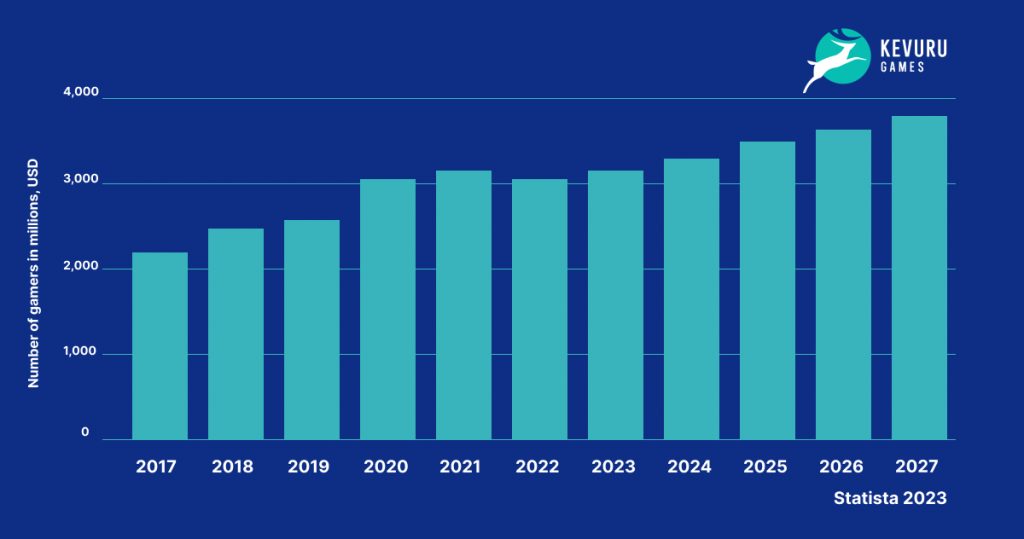
3. In-game advertising adds value to players by offering them rewards or bonuses for using it. This exchange of value can lead to a more positive acceptance of the brand and a higher engagement and loyalty.
4. Marketers can be more flexible and creative with this option. This flexibility allows for more creative and engaging ad campaigns that can capture players’ attention and leave a lasting impression. By creating a more immersive and engaging experience, marketers can create a positive brand and the game association, leading to greater brand awareness and loyalty.
As long as the industry continues to grow and develop, so will the opportunities for advertisers. Experts predict that in-game advertising revenue will reach $46 billion by 2027. With the rise of mobile gaming and virtual reality, advertisers have countless new opportunities to take advantage of.
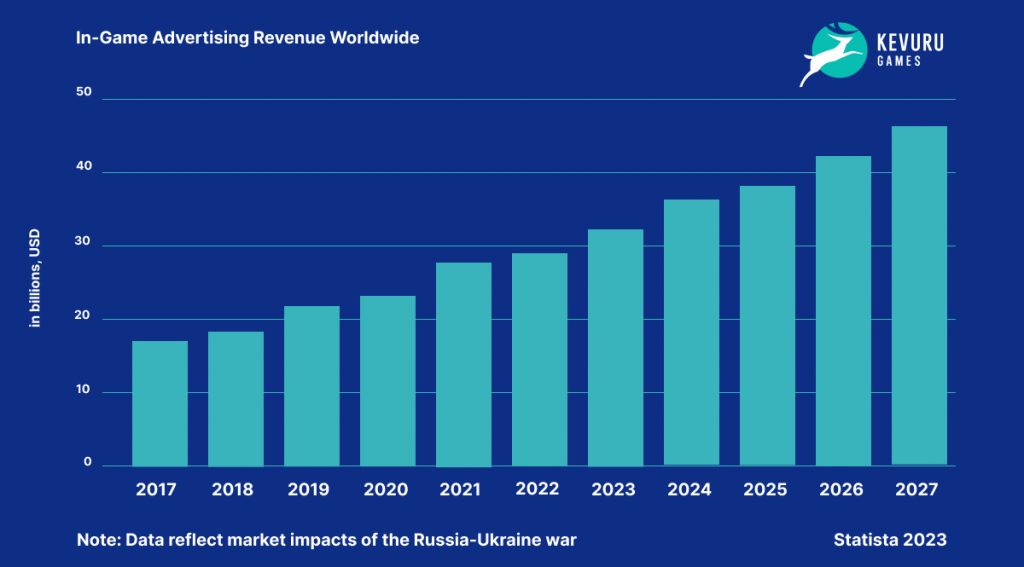
Static vs. Dynamic: Which One Is More Effective?
Let us explore the differences between static and dynamic ads in video games and determine which is more effective in attracting players’ attention. Static ones refer to ads integrated into the game environment that remain unchanged. They can take various forms, including billboards, posters, and branding.
Marketers typically use static ads to promote products related to the game, such as consoles, controllers, or other accessories. This type of advertising can be very effective because it blends seamlessly into the game environment, making it less intrusive to players.
However, static online game ads also have some disadvantages. Since they remain the same for the entire game, they can be repetitive and less appealing. Also, they cannot be targeted or personalized in real-time, limiting their effectiveness.
Dynamic ones refer to ads that can change in real-time based on the player’s location, interests, and behavior. These ads can take various forms, including banners, pop-ups, and video game ads. That allows for real-time targeting and personalization, enabling it to capture players’ attention more effectively. For example, a dynamic ad can be displayed based on the player’s location or past gameplay behavior, making it more relevant and engaging.
Dynamic ad promotes products or services outside the game environment, allowing for more flexibility and creativity in ad campaigns. They can capture players’ attention through real-time targeting and personalization.
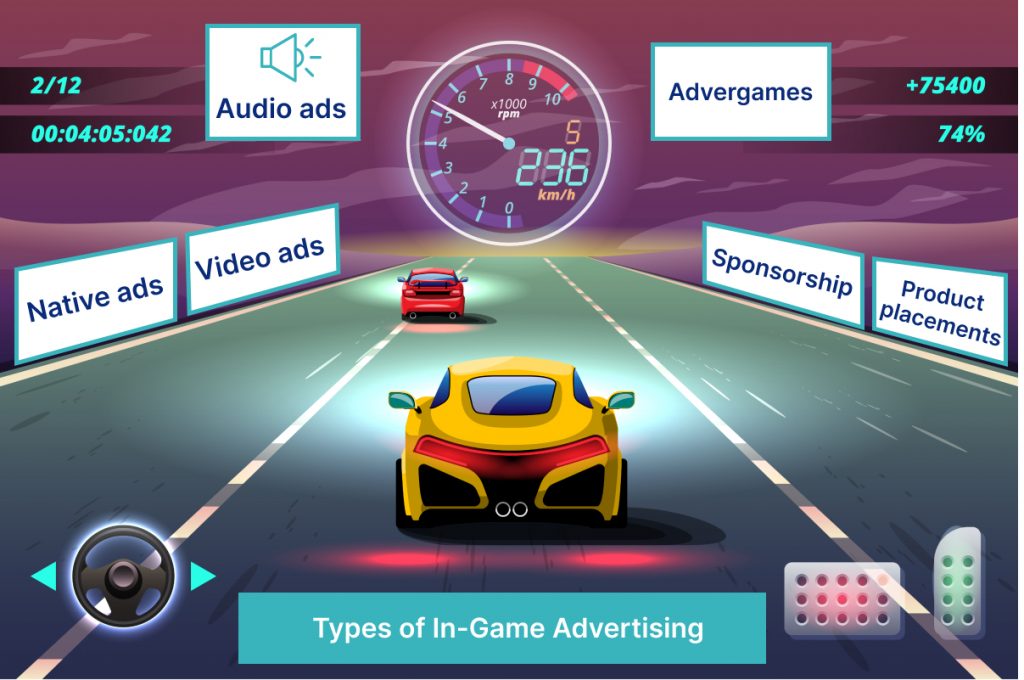
Types of In-Game Advertising: From Native Ads to Product Placements
This kind of advertising video games aims to reach players in a non-intrusive way while providing value to both players and advertisers. Originally, it consisted of billboards and posters. However, this advertising became more sophisticated as technology advanced, allowing for targeted advertising and personalized messages.
1. Native Ads
Native ads look like they belong in the game environment, making them less intrusive and more effective at grabbing players’ attention.They can take various forms, including in-game billboards, posters, block banners, cross-page banners, and branded items. They blend seamlessly, making them less intrusive and more exciting for players;
2. Video ads
They are a popular form that allows advertisers to showcase their products or services in short videos. Depending on the game’s design, you can show video ads before, during, or after the game. As they can attract players’ attention, especially if they are short and engaging. Marketers can also target specific audiences based on the game genre, which allows for more effective targeting;
3. Audio ads
They refer to ads for games you can hear such as through background music or sound effects. These ads can be highly effective in capturing the attention of gamers because they are well-integrated and can be less intrusive than other forms of advertising;
4. In-game product placements
In this type of advertising, branded products are integrated into the environment. This can range from branded items such as clothing and accessories to branded vehicles, weapons, or entire levels.
Product placements are extremely effective because they allow advertisers to leave a lasting impression on players. When placed in the right place, they feel like a natural part of the environment, making them even more engaging and memorable;
5. Advergames
Advergames are games that are specifically designed for promotional purposes. They promote a product or service and provide players with an entertaining and engaging experience.
Advergames are very effective because they allow advertisers to create a unique and memorable experience that makes players remember and engage with the brand;
6. In-game sponsorship
This is a partnership with game developers to create sponsored content within the game. This can range from branded levels to sponsored characters to sponsored events. This can be very effective as it allows advertisers to create a more immersive experience.
The Most Effective Advertising Formats for Video Games: The Best Options for Marketers
Video games advertising has become very popular for brands to reach a highly engaged audience. As the market has a great potential, marketers seek effective ways to advertise their products and services in video games. These ingame ads are short video clips that play during loading screens or between levels. They effectively attract players’ attention, especially if they are captivating and fit the game’s theme. So what are the most popular video ad formats, and how effective are they in grabbing players’ attention?
1. Playable ads
Interactive ads that allow players to engage with the ad by, for example, playing a mini-game or solving a puzzle. These ads can effectively grab players’ attention and create a memorable experience. Besides, this type of online game ads promote products or services more creatively and interactively, creating a positive association between the brand and the game.
2. Cross-platform video ads
Cross-platform videos refer to advertisements on multiple platforms, such as social media, mobile devices, and consoles. These ads can reach a wider audience and promote products and services across multiple channels.
They also target specific audiences based on their interests, behaviors, and demographics, which makes advertising products and services even more effective.
3. Video with a reward
Video ads with rewards are advertisements that offer players an incentive to watch the video. This incentive can be in the form of in-game currency, bonus items, or other rewards. Video ads with a reward can effectively incentivize players to engage with the ad and provide value to both players and advertisers.
Exploring Real-World Examples
We offer to check several examples of how popular brands promote products and services in ads video games, from static and dynamic in-game advertising to sponsored content and advergames.
1. Mountain Dew in “Halo 3”
In the popular first-person shooter game “Halo 3,” Mountain Dew created an advertising campaign by offering in-game rewards to players who purchased Mountain Dew products. This type of ad created an effective exchange of value between the brand and the player, resulting in a positive association between the brand and the game.
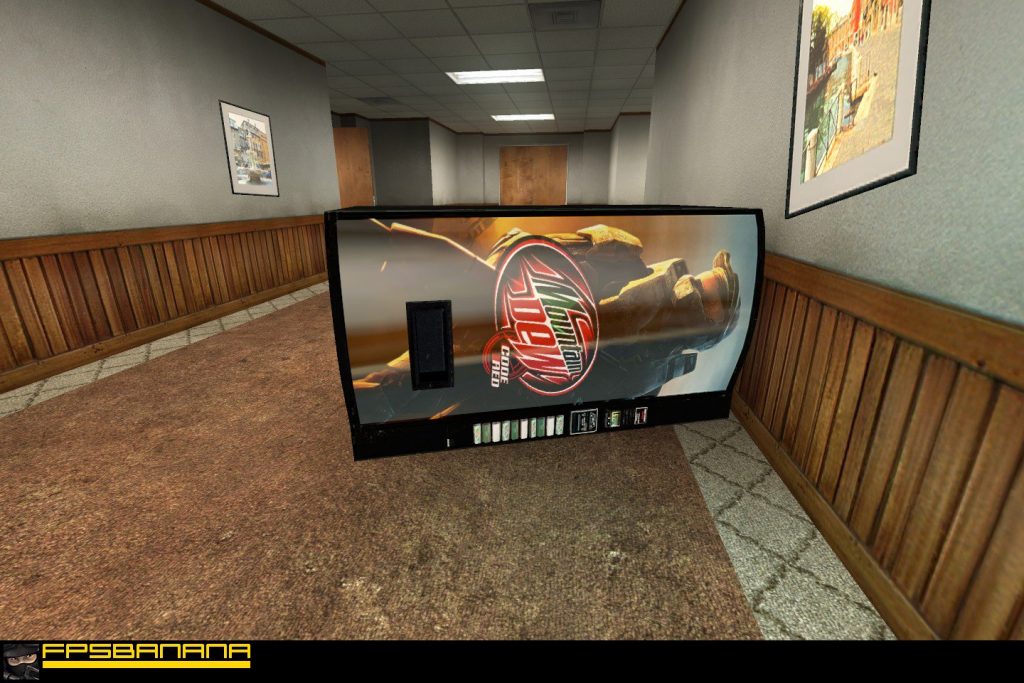
2. Chevrolet in “Gran Turismo”
In the racing game “Gran Turismo,” Chevrolet collaborated with the game developer to create a branded vehicle that could be unlocked and used. This type of promotion created a more immersive and engaging experience for players and promoted the Chevrolet brand in a natural and organic way.
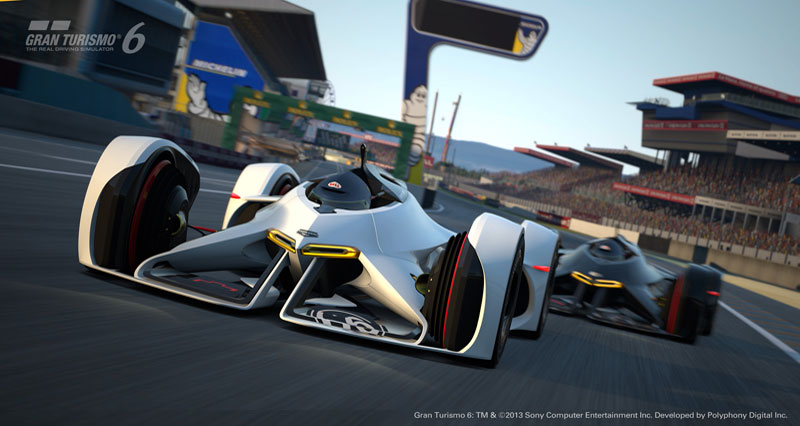
3. Nike in “NBA 2K”
In the popular basketball game “NBA 2K,” Nike placed branded items in the game to customize players’ jerseys and shoes. These items bore the iconic Nike logo and were seamlessly integrated into the game environment. This in-game advertising effectively promoted the Nike brand to players.
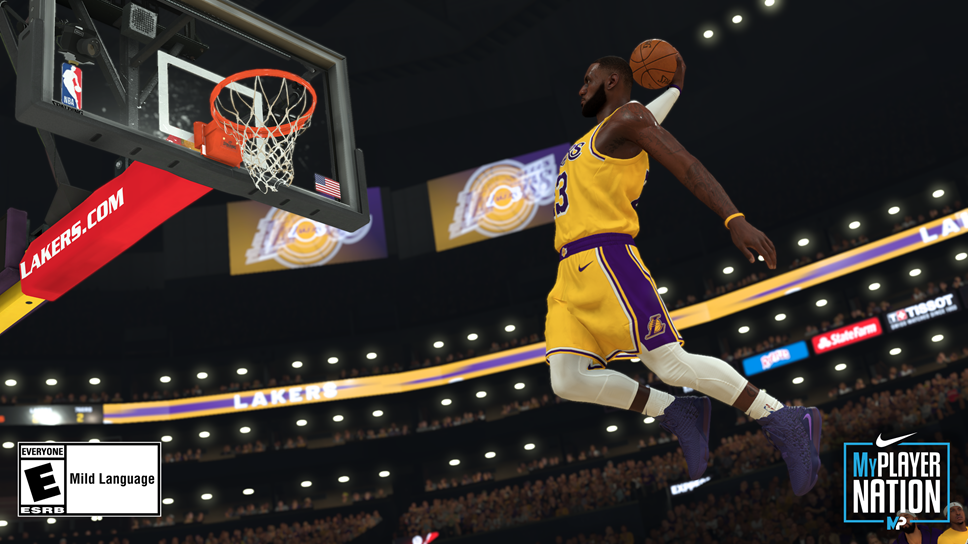
4. Wendy’s in “Fortnite”
In the popular Battle Royale “Fortnite,” Wendy’s created a promotional tie-in by offering in-game rewards to players who purchased Wendy’s products. It was extremely effective in creating a value exchange between the brand and the player.
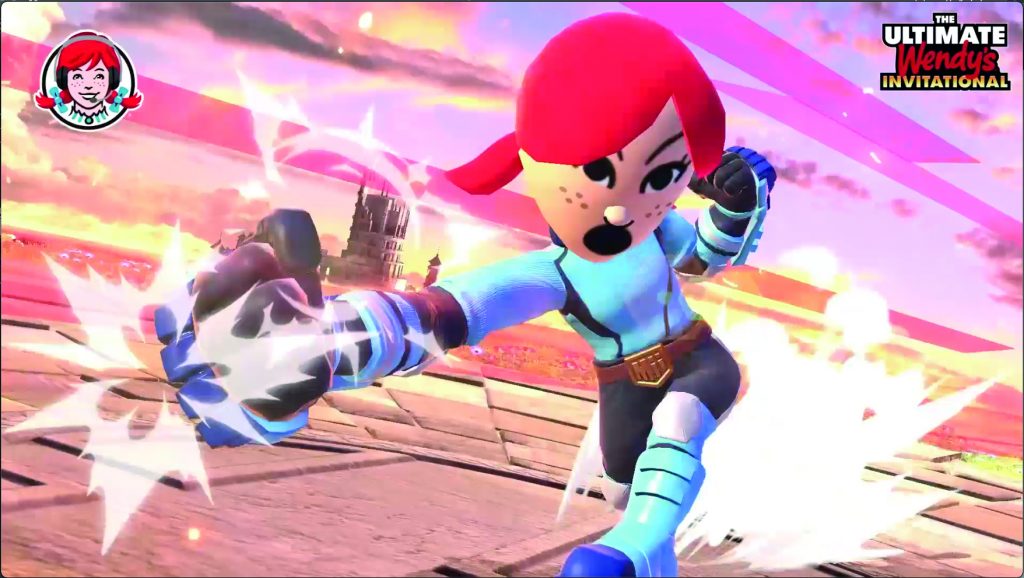
5. Adidas in “FIFA”
In the popular soccer game “FIFA,” Adidas placed branded items that could be used to customize players’ uniforms and shoes. These items featured the iconic Adidas logo and were seamlessly integrated into the game environment.
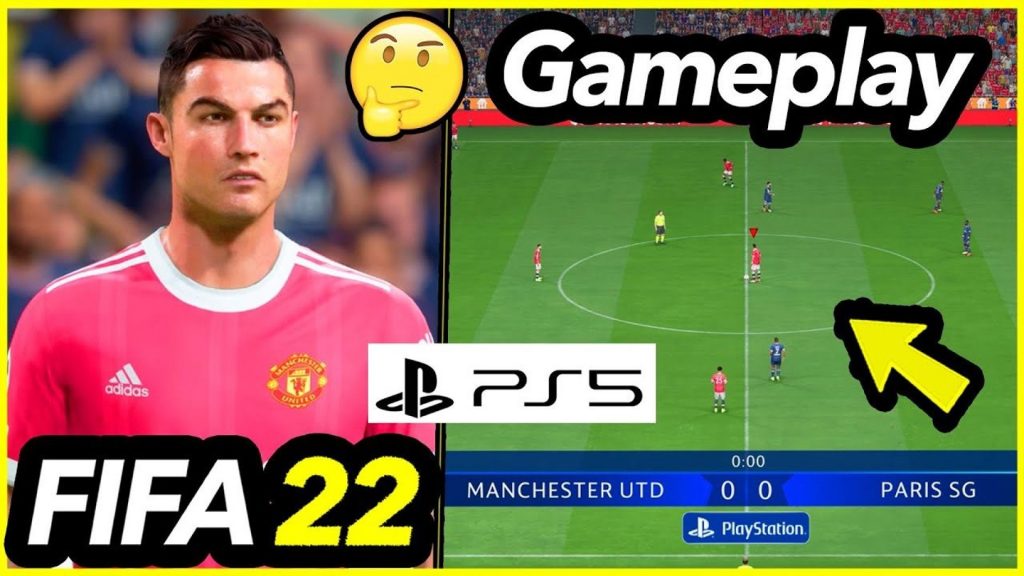
Kevuru Games: Your Partner for the Successful Monetization of Video Games
As experts in the game industry, the team at Kevuru Games specializes in helping our clients develop a game concept or design document. We can advise our clients on how to monetize their games effectively. Depending on the case and objectives, we can advise you at the beginning of the game development or improvement process on turning your game into a profitable business. So, our expertise in video game monetization includes the following:
1. Game concept and design
During development, we take an in-depth look at each case to ensure we understand our clients and their goals for the game. We then recommend how to monetize the game and what types of ads are most appropriate.
2. Model selection and cross-platform monetization
Our experts give advice on developing a monetization strategy model that is right for the game and the target audience. We are able to develop cross-platform monetization strategies that reach players across multiple channels, including mobile, console, and PC.
3. Analytics and Optimization
We use advanced analytics and optimization techniques. They track user behavior and make data-driven decisions to optimize monetization strategies. Our skills help ensure our clients maximize revenue. As well as providing players with a positive and engaging gaming experience. Monetization is a favorable advantage of game development. If you’re looking for an expert to help monetize your video games successfully, consult Kevuru Games. The company’s experienced professionals always seek new and innovative ways to monetize projects.
Summary
Ads for video games are on the rise due to the increasing popularity of the industry as a leisure activity. Technological advances allow for more seamless and less intrusive advertising. This confluence of factors has created a unique opportunity for advertisers. They can reach highly engaged audiences in a natural way. With the rise of mobile gaming and virtual reality, advertisers have new opportunities to capitalize on this trend.







